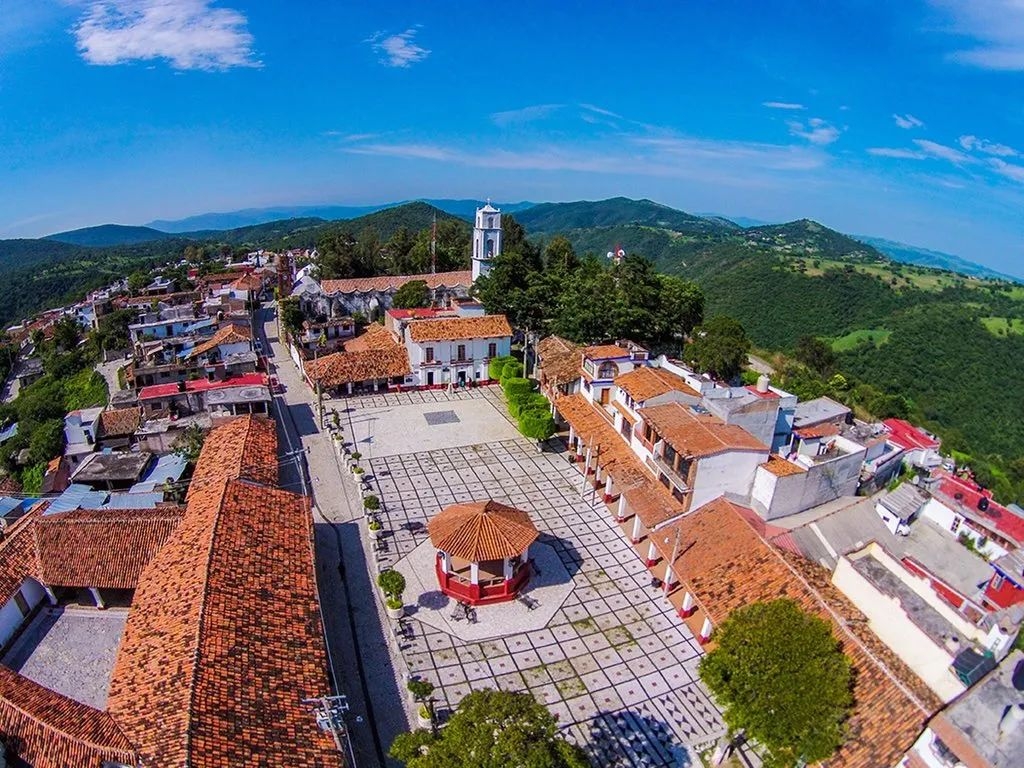Ixcateopan de Cuauhtémoc
The final resting place for the last emperor of Classic Mesoamerica, today the town is a pilgrimage site, and a high mountain town swept up in legend like the wind and the rain.

Ixcateopan de Cuauhtémoc is one of the most unusual many Pueblos Magicos of Mexico. According to legend, the town is the final resting place of the last Tenochtitlan emperor, Cuauhtémoc. Some legends also claim the town was his birthplace. He is said to have been interred here after some loyal soldiers smuggled the remains here in 1529 from the site of his 1525 execution under orders from Hernán Cortés. The town was likely then called Zompancuahuithli as the modern Nahuatl name means simply "here is the church," in reference to the burial site.
The town has important ceremonial significance for those interested in the ethno-cultural identity of people descended from the contemporaries of Cuauhtémoc. This is symbolic in many ways, but to visit the town is to experience something of the reality of that spiritual identity. No one can leave thinking it was merely symbolic.
Just north of town are the dramatic Piedras Largas cliffs, the Manantial San Miguel hiking area is to the south, and the surrounding mountains are a marvel of northern, natural Guerrero. The town itself is famous for the marble in the streets. This gives it a bright City on a Hill kind of vibe. But couple that with the Historical Museum. It used to be called the Museum of the Indigenous Resistance. The tone is everywhere apparent in the town. Not just profound, but celebratory, Ixcateopan is one of the great alternatives to mainstream view on how and what modern Mexico should be, and for whom.
Ixcateopan thrives on pipían sauces with salsa de jumil a lively variant for the daring. Atole is made from frijoles (beans). Mushrooms are blue and delicious. And the variety of food is outstanding. The market is just beyond the Church of the Assumption. A whole variety of cooks and restaurateurs will greet you there. The other church, perhaps not surprisingly, is used for the remains of Cuauhtémoc, and for something of another museum to the story of the last Tlatoani of Mesoamerica. It\\\\\\\\\\\\\\\'s a fascinating story.
Like the streets, much of the local artisan production is given over to works in marble and onyx. The embroidery stands out too.
Most visitors are going to get here from Taxco, which is less than 45 minutes directly east. Iguala is about two hours south and east, but most bus services (Costaline & Estrella del Oro) will only goes as far as Teloloapan. There is some taxi and combi service connecting the two towns.